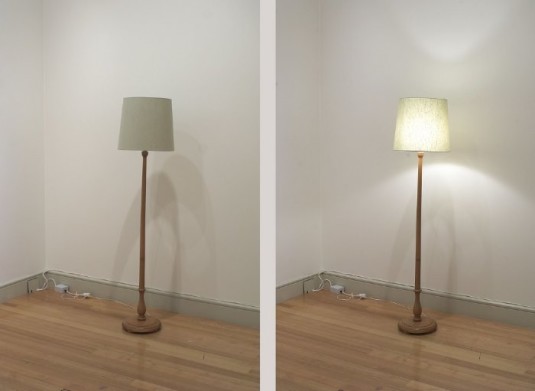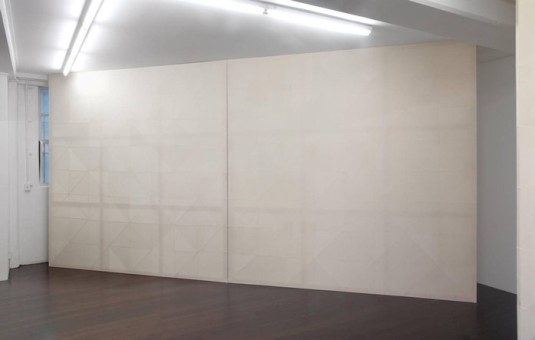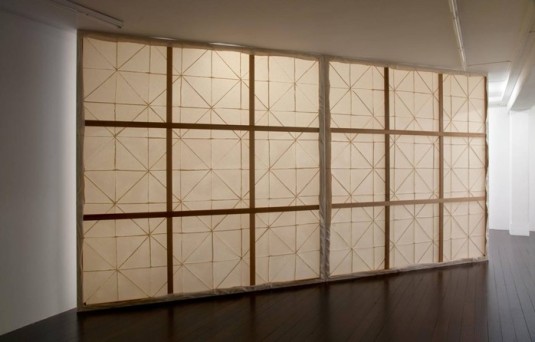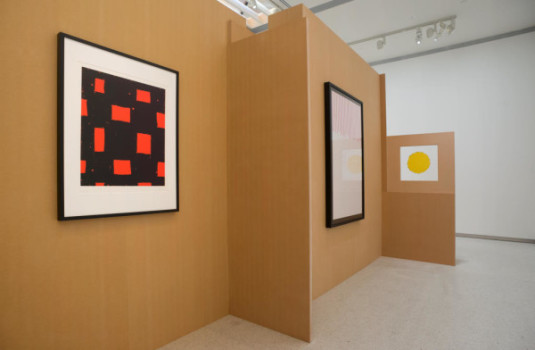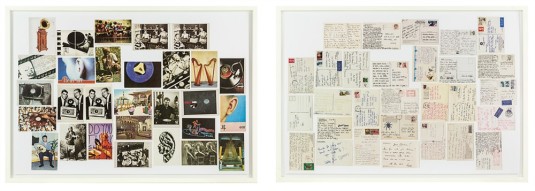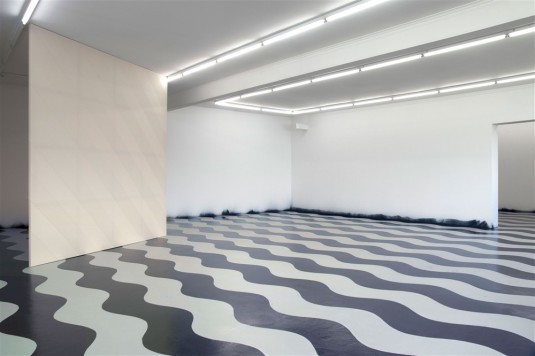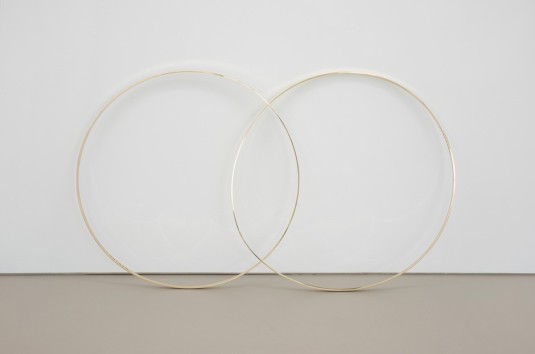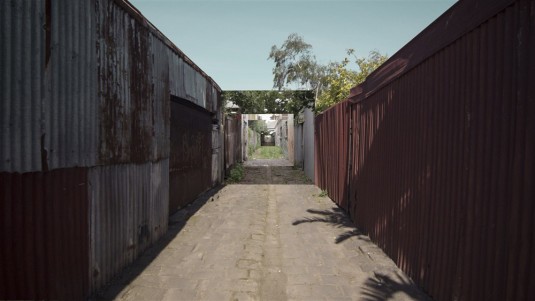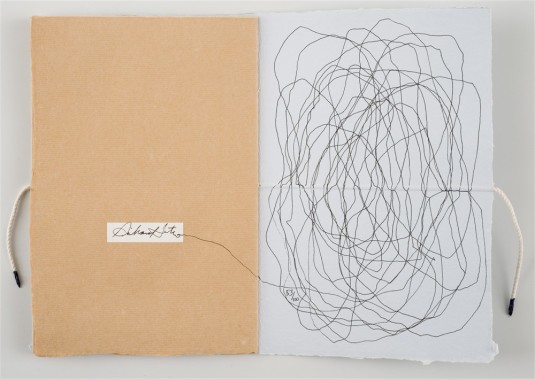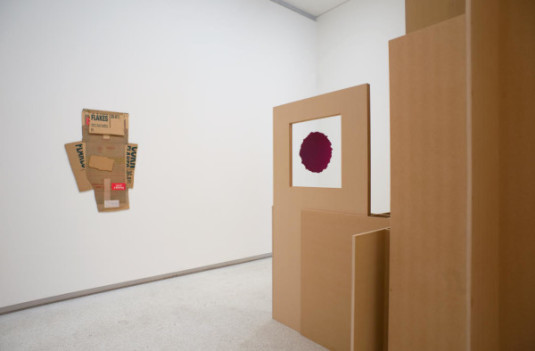A world undone
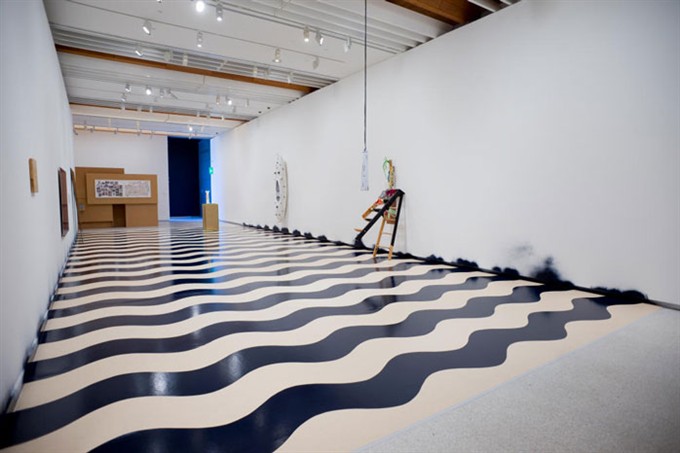
Installation View of A world undone, Auckland Art Gallery, 2014
A world undone
-
Where
Auckland Art Gallery Toi o Tāmaki
-
When
8 November 2014 - 6 April 2015
Gestures, chance, materials, space, senses, vision, thought, making - all words used to describe something essentially non-verbal – a conundrum for sure that challenges our ability to interpret visual abstract information but one that Chartwell investigates through its collection of contemporary art works.
As viewers, we perceive, access and respond to artist’s ideas – the challenge is to take those ideas and run with them, explore them further, test them, unravel them, embrace them, echo them, and answer them with ideas of our own.
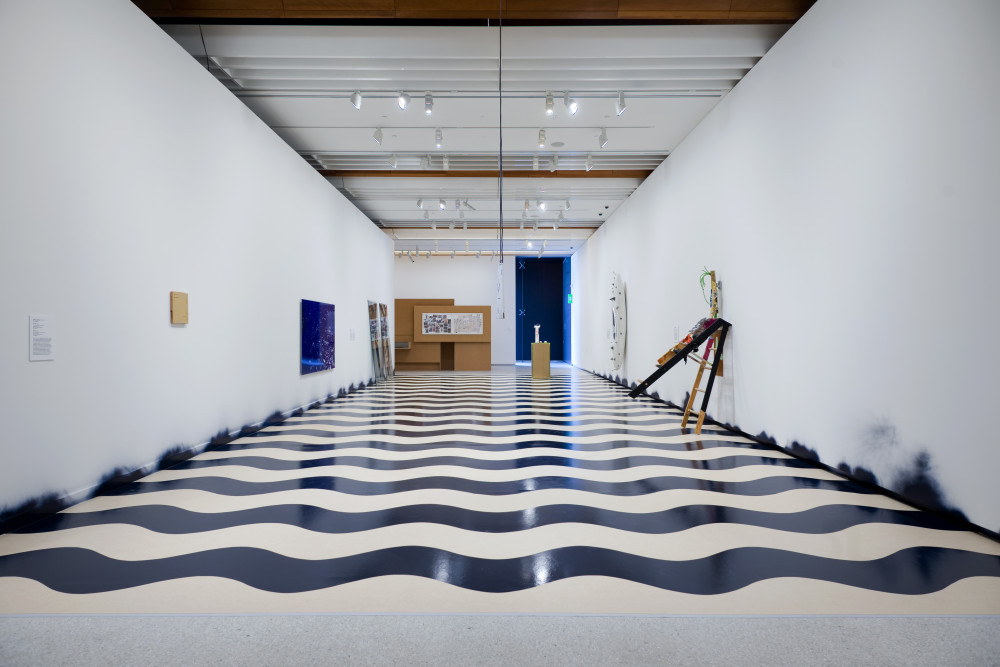
Centre floor: Andrew Barber, The Sea, 2013.

Installation view
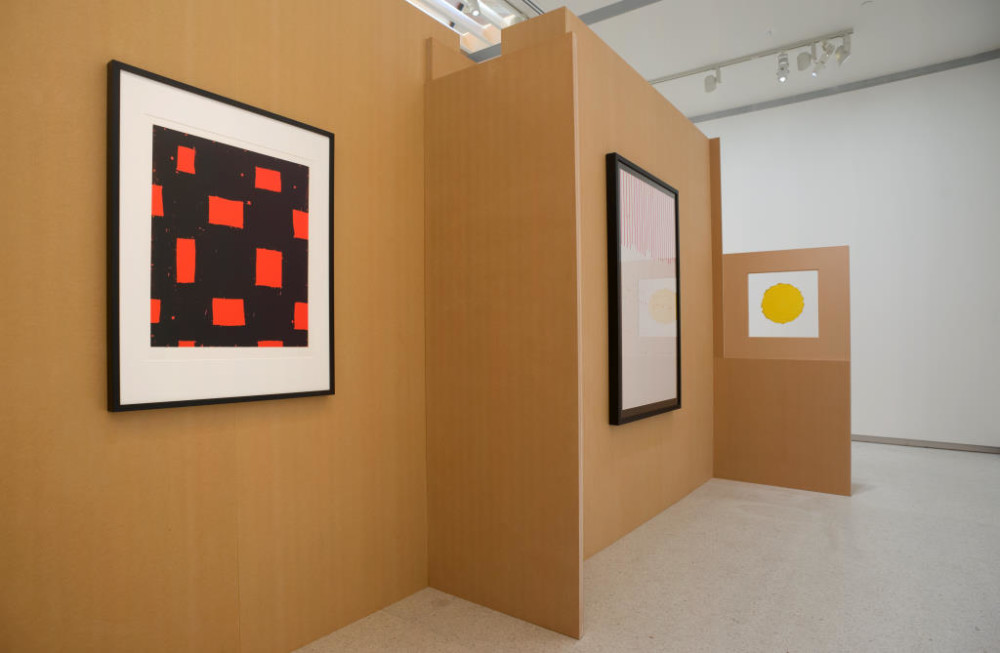
Left: Günther Förg, Untitled, 1991. Centre: Eddie Clemens, The End of the Waterfall (No. 2), 2007. Right: Dan Flavin, Guggenheim Tondo, 1992.
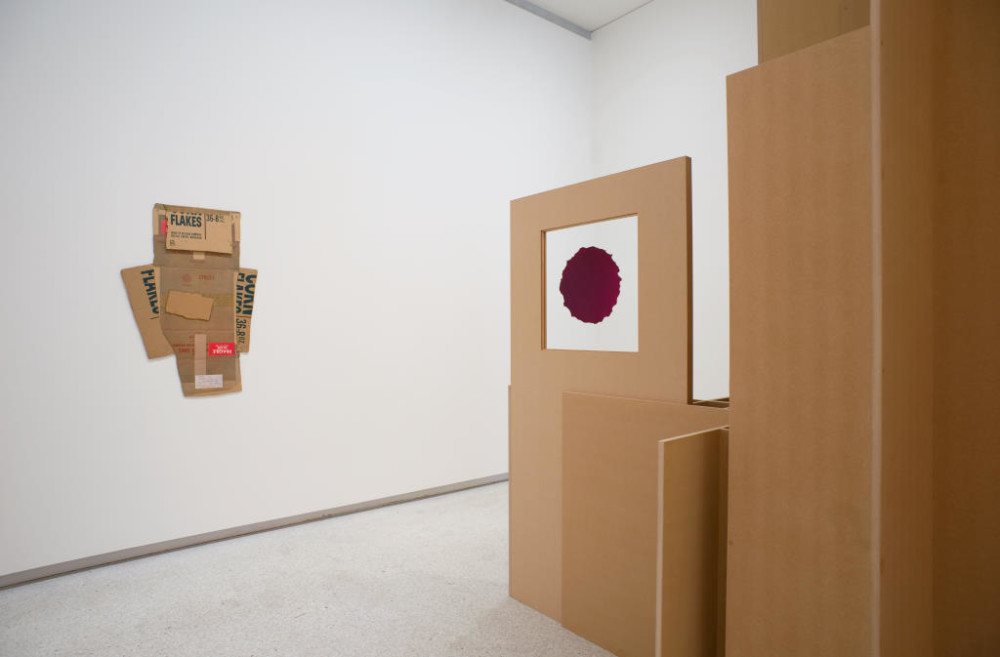
Left: Robert Rauschenberg, Cardbird, 1970. Right: Dan Flavin, Guggenheim Tondo, 1992.
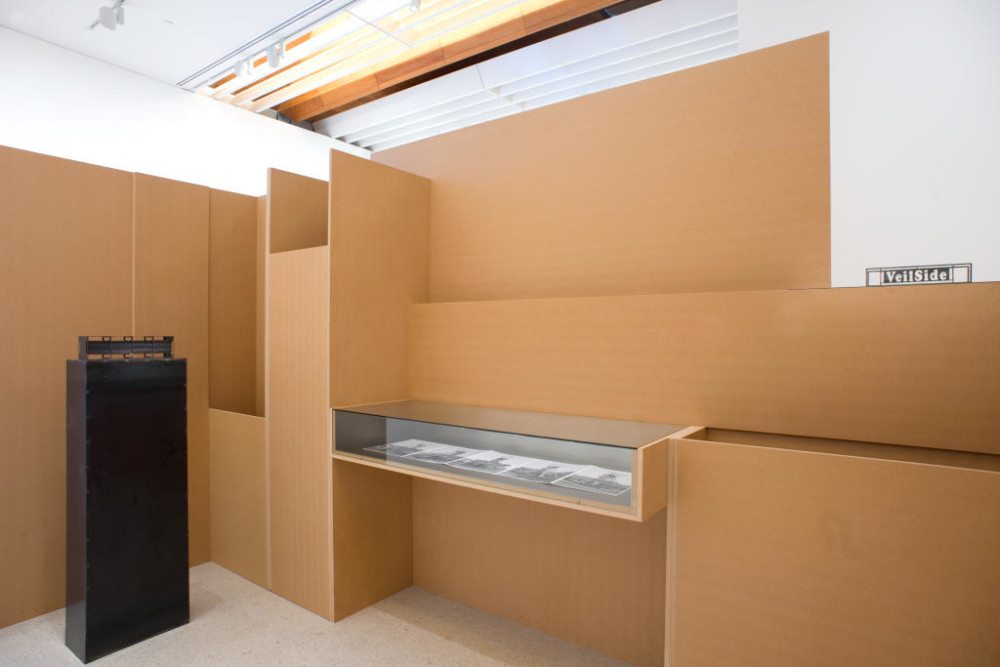
Left: Jim Speers, House, 2010. Right: Bernd Becher and Hilla Becher, Förderturm Zeche Waltrop, Waltrop, Germany, 1982, 2009.
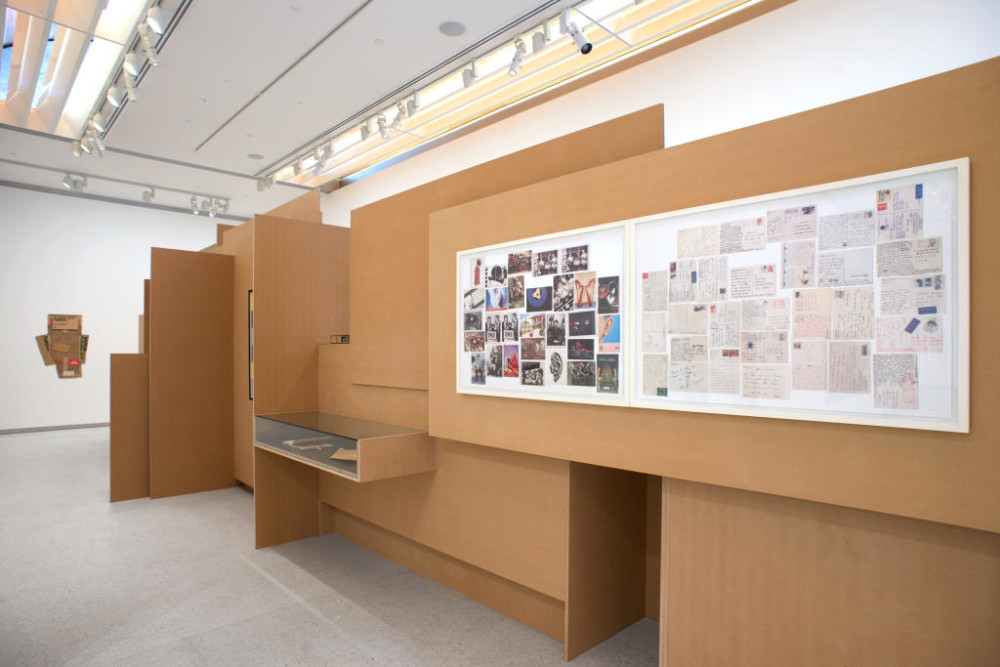
Right: Christian Marclay, Postcards, 2003.
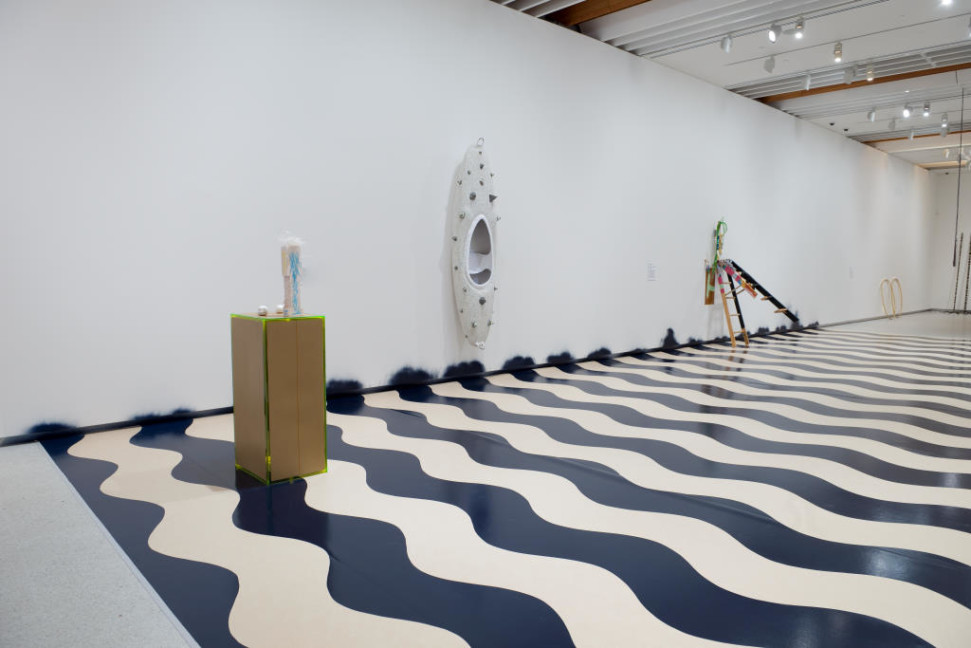
Floor: Andrew Barber, The Sea, 2013. Left to Right: Hany Armanious, Ikebana, 2013. Rohan Wealleans, Bearer of the light, 2013. Jessica Stockholder, A-H, 2013. Dane Mitchell, Hypnosis Venn, 2013.

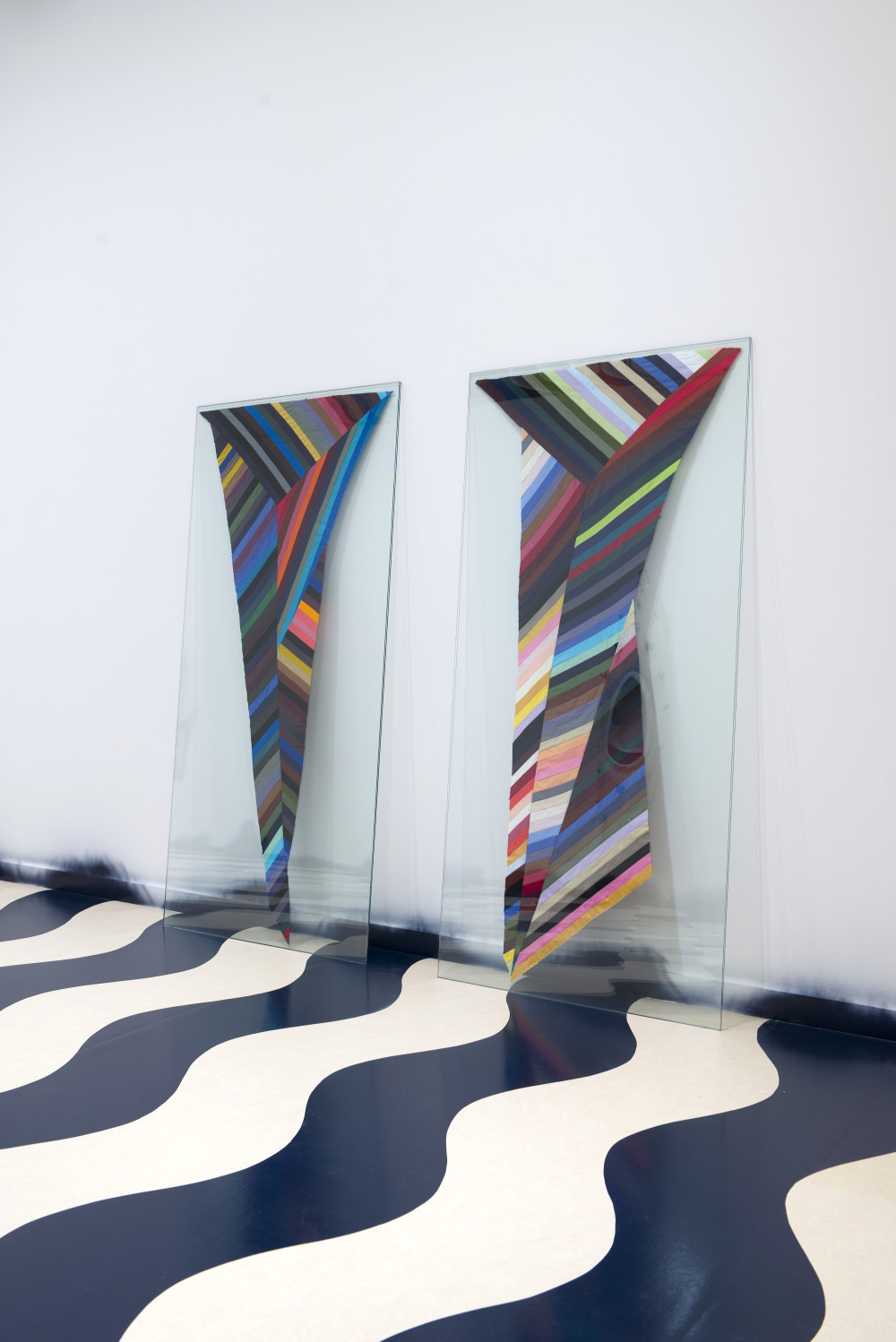
Amy Howden-Chapman, Lovers Between Glass, 2014.

John Baldessari, Learn to Dream, 2011.




